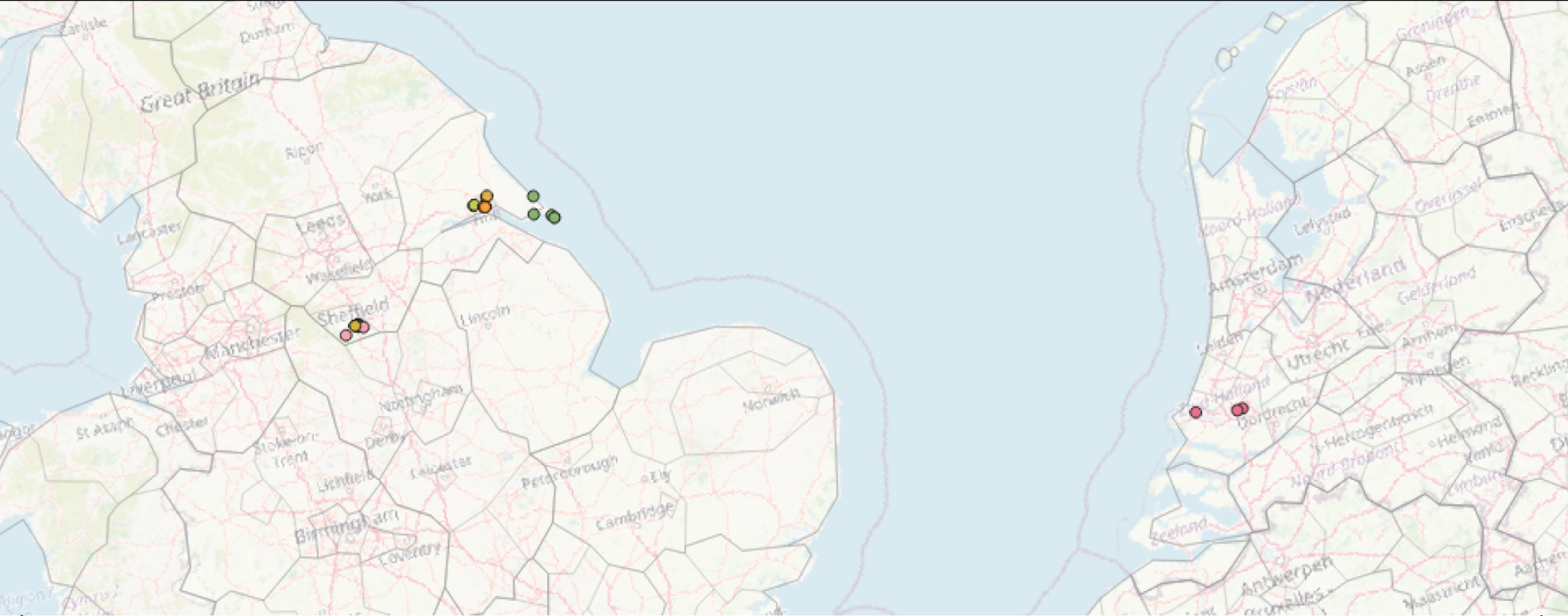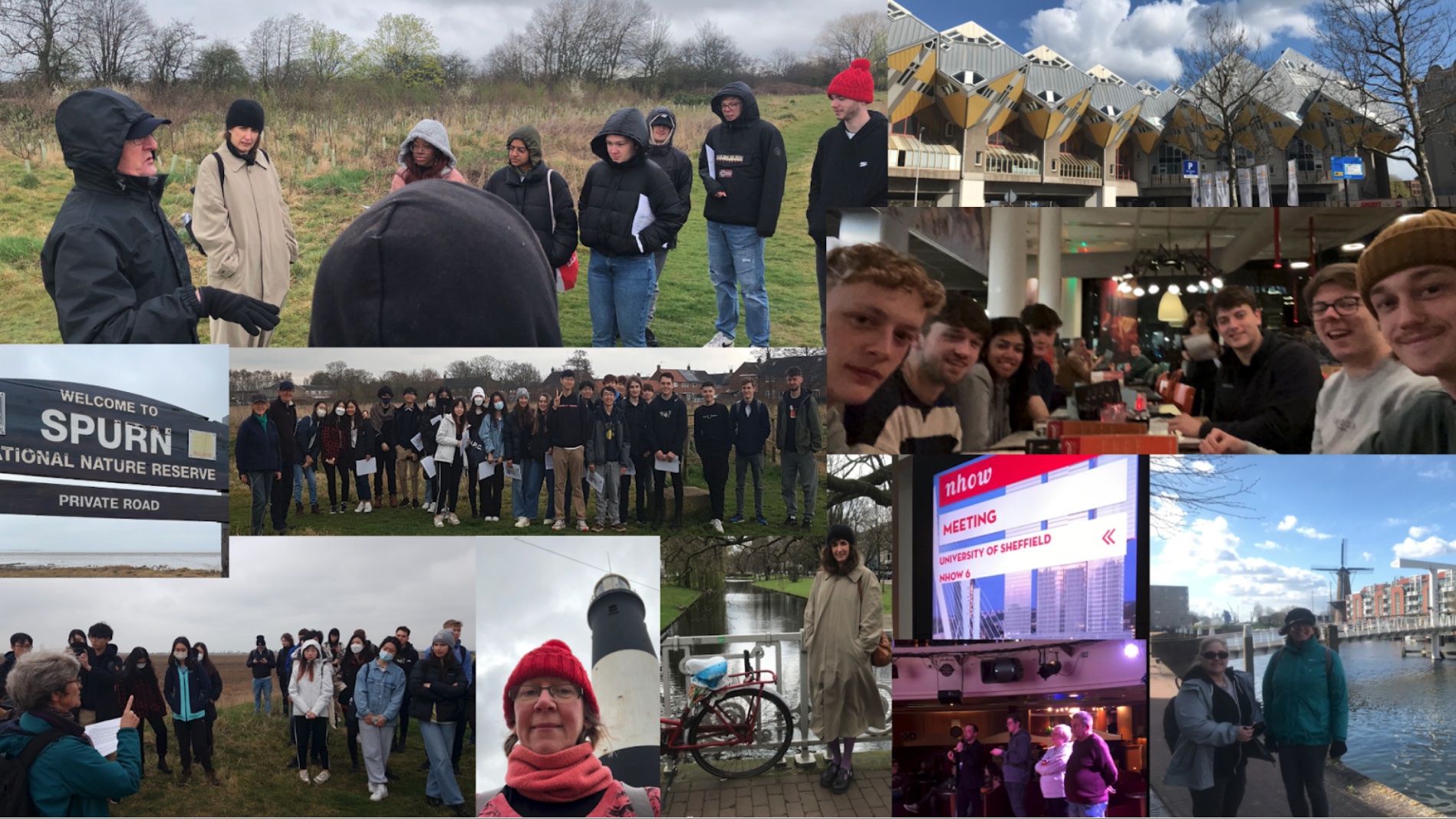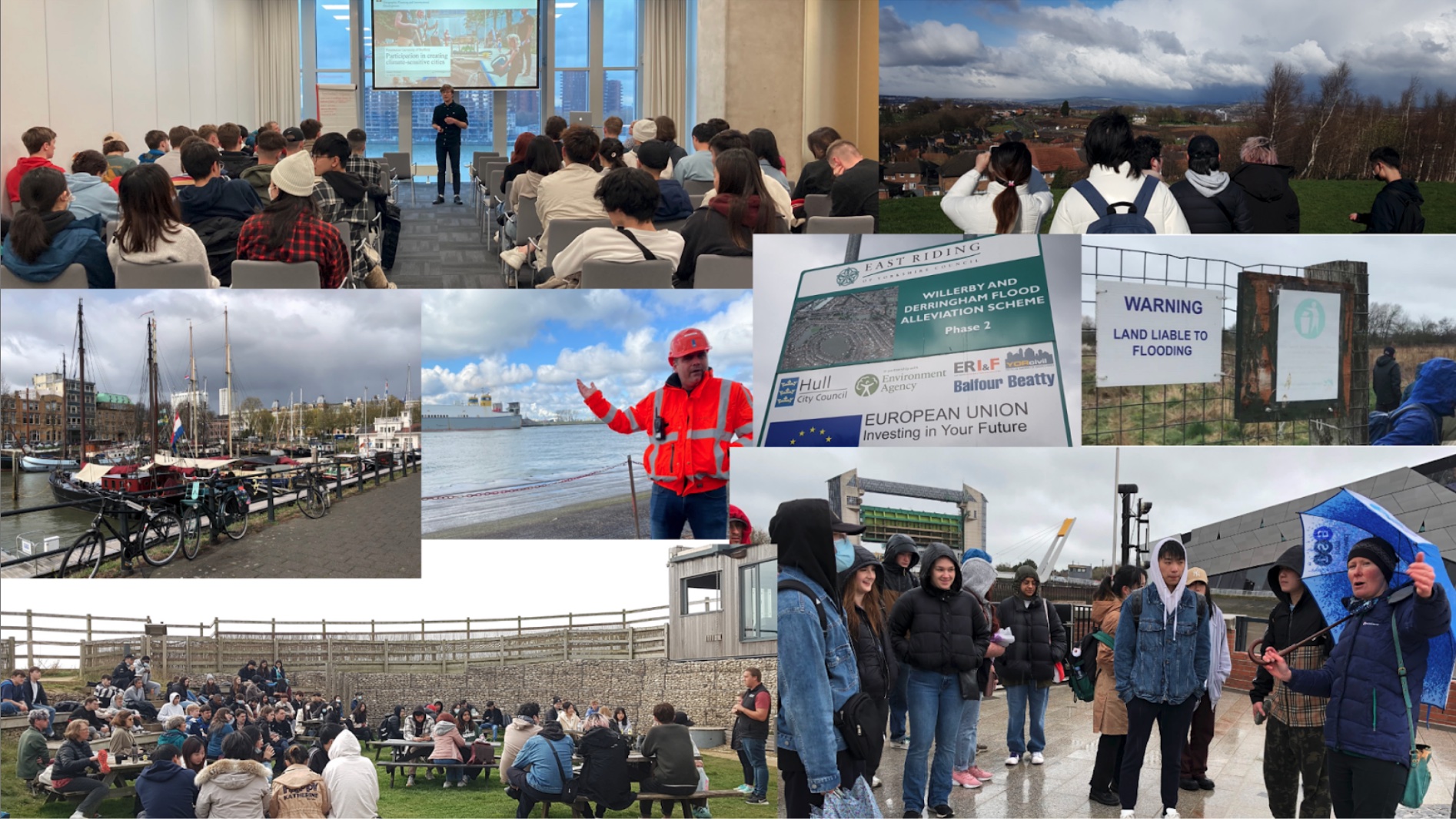L2 Rotterdam Field Trip 2022
Published:
There and back again; what a trip!
From March 28 to April 1 the TRP215 Researching the City staff and students expertly navigated a field trip with both domestic and international parts to study urban research methodologies and flood risk management. Spanning Sheffield, Hull and Rotterdam, the groups were inundated with information on everything from the power of water(s), natural and sustainable water management techniques, urban design and interactions with the natural, built and social environment. The main theme coming out stressed the importance of communities and local engagement – comparing different contexts on either side of the North Sea.
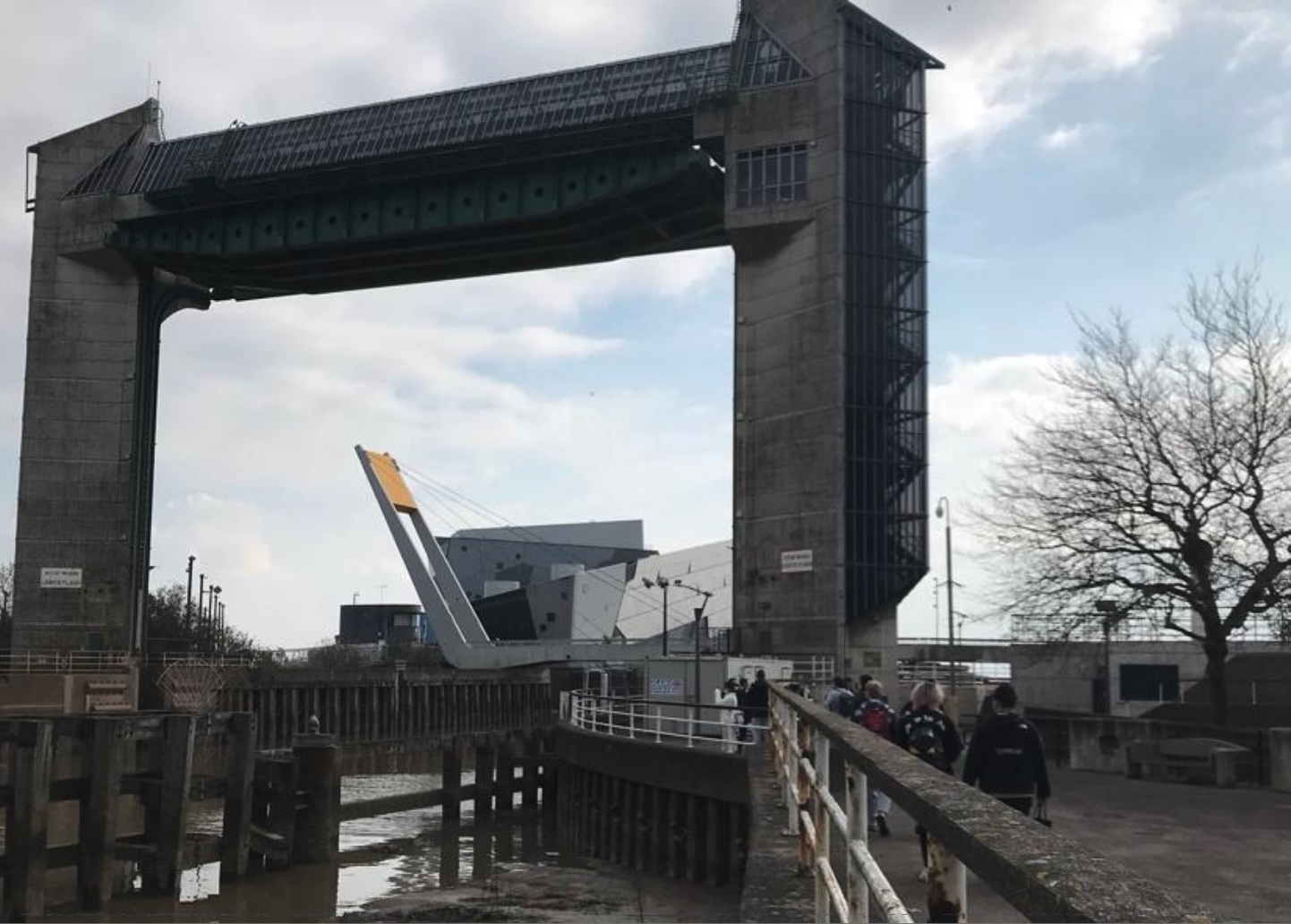
Starting in Hull, we explored how the second most at risk city in Britain deals with and addresses the hazards water can have. What creates a unique challenge is protecting a city at risk from all three main causes of flooding: the rivers (fluvial); the sea (coastal); and rainstorms (pluvial). Flood risk management has thus formed a long part of its history and heritage. Students were guided around the city with John Craig, Head of Planning, to see first-hand the risks and interventions that have been adopted - from the past to the present. Our tour finished along the newly developed Humber frontages, walking and experiencing the way the city has balanced risk management and urban planning to create an aesthetic and functional public space.
Nearby Derringham was an area heavily impacted by once in a lifetime floods in 2007. Students did a walking tour of the neighbourhood with a local community guide, Paul and Chrissy Collinson from The Friends of Garrowby Orchard, to get a perspective on the local impacts and responses. The group toured different management strategies and interventions in the local area including the developed detention basin for managing flood waters and the Garrowby community Orchard.
Moving from the urban perspective to a more rural one, Nicky Wilson of the Environmental Agency provided a fantastic tour of the ongoing managed coastal realignment projects at Skeffling. Here, we saw the converse of the Humber frontages – as the new flood defence and frontages in Hull extended into the estuary, comparable land further out in the estuary had to be re-converted to appropriate freshwater marsh and saltmarsh.
This day was topped off with a walk along Spurn where some, including Prof. Liz Sharp herself, completed the 9 km round trip trek out to the lighthouse at Spurn Point and back. Others with more passive ambitions (inc. myself) took in a more relaxed afternoon of beachcombing and exploring the thin tidal island. Out at Spurn we had the luxury of having great walking weather and the space to meet and mingle outside of the Yorkshire Wildlife Trust Discovery Centre as an entire group. Here, we had lunch and a great talk from Adam Stoyle and Rosie Jaques at the Yorkshire Wildlife Trust about the Discovery Centre building itself, their work, the past and future of the coastal area.
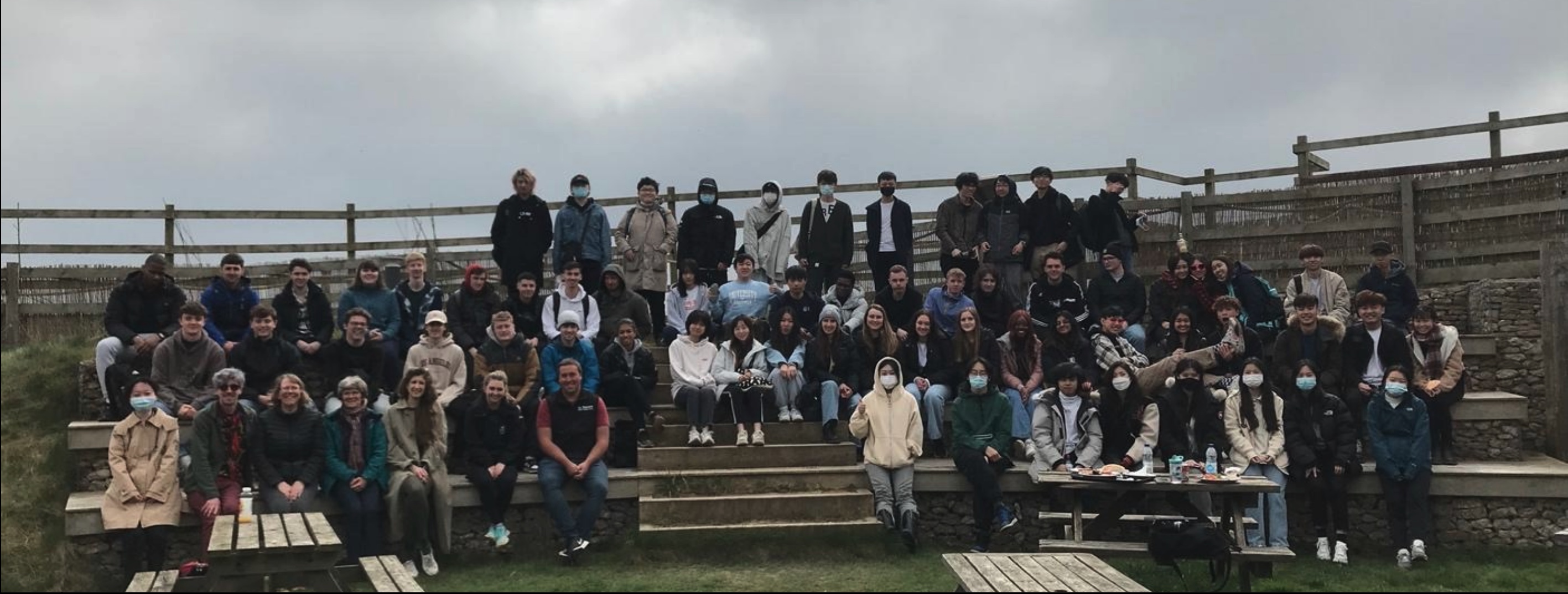
On this evening the entire group was also treated to a delicious and local community focused meal cooked and provided by the Hull and East Riding Feast collective. Just to show how important and impactful academic research collaborations can be, the evening and meal emerged with help from research collaborators of Liz and her work on water management in Hull. During the meal, students heard about her research in the area, Dr. Gill Hughes from the University of Hull then spoke about the Flood Innovation Centre. The dinner was coordinated by Kate Macdonald, who is a Director of Timebank Hull and East Riding and provides links with the local community for Liz’s research.
The trip then split with some returning to Sheffield for a list of local activities, and others continuing on over to Europe’s busiest port city – Rotterdam, The Netherlands. Almost immediately, the contrast was on show and the national scale and importance of water was clear. The comparison of flood risk management at both the city (Hull) and regional (South Holland) level provided some important context. It was frequently commented that we couldn’t turn our head in any direction without seeing water of some form – canals, water bodies, rivers, coastlines, raised waterways. Along with the corresponding infrastructure – bridge, gates, barriers, walls, and the cycling!
With almost 2/3 of the country’s most productive land area at risk of flooding, Dutch engineering was on full display highlighting the series of water defence infrastructure and more natural interventions protecting the length of the coastline. The first stop off the boat got us walking along the Maeslantkering storm surge barrier, one of the largest moving structures on earth protecting the port and city of Rotterdam. At the adjacent Keringhuis visitor centre, the group got the engineering perspective for how the greater Delta Works project – a series of dams, locks, dykes and barriers, all work together to protect the country.
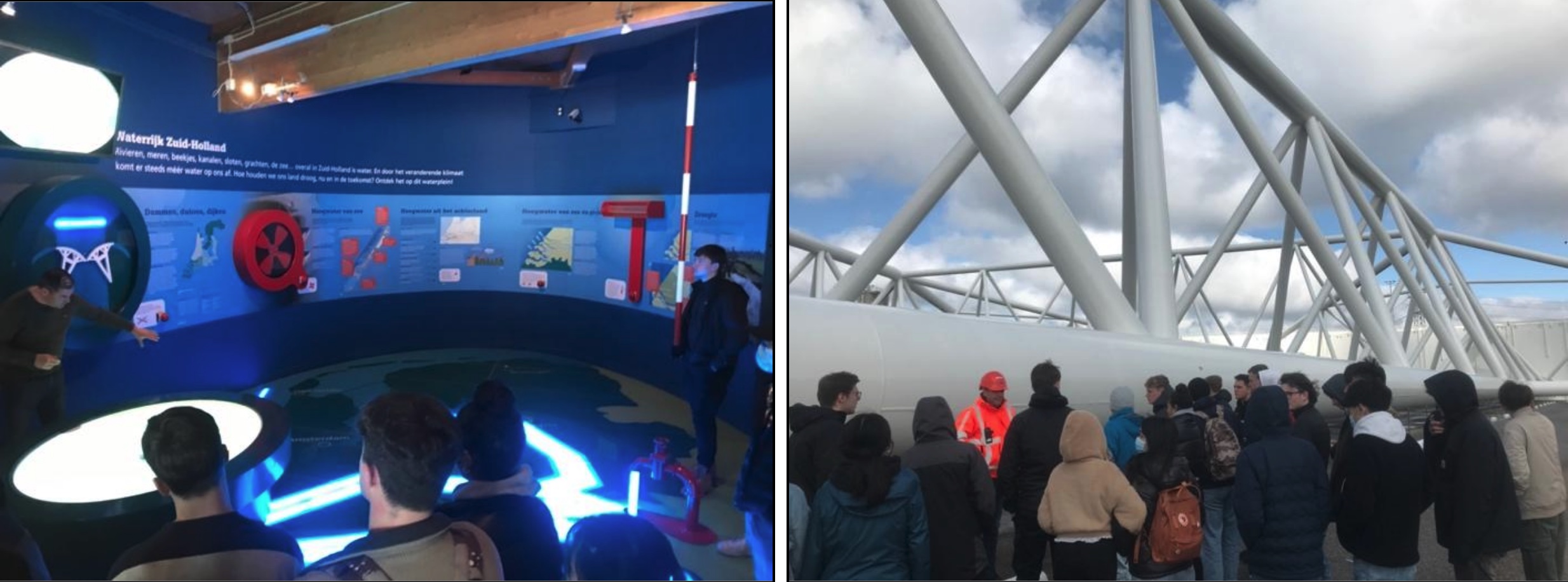
In Rotterdam, the aims were all about exploring urban green and blue infrastructure interventions around the city – their form, function, location and features. On the afternoon of the arrival the group was greeted by Dr. Jannes Willems from the University of Amsterdam, providing some great context to the region, ongoing work and regeneration and overall flood and water planning in the areas. He presented the group with his own particularly relevant research work on getting active community participation for climate adaptable urban areas and introducing sustainable urban drainage projects.
The next day, groups of students ventured off into the urban jungle to conduct their field work. They were given what was essentially a scavenger hunt of urban green and blue sites across the city to study and critique. Specifically, the groups were asked to comment on the design, accessibility, and community/public engagement with these types of urban features and amenities. Students used their senses to study how a given area or intervention might appeal to a local resident’s sense of sight, sound, smell, placement, and ease of mobility. In these active environments, students could consider urban water management, planning and the entire urban dynamics at play and in interaction.
Students made the most of the mandated free and leisure time the following day. Given the efficiency of Dutch public transit, day trips were made to The Hague, Deft, Amsterdam and Utrecht. From here, this was the starting point of many students setting off on a second leg for some much needed onward travelling experience with friends before the holiday break. The others made our return to the ferry for the trip back. Almost as if in reverse we made our way from the port and back through Hull, passing the city centre, the storm surge barrier and eventually back into Sheffield.
And so, a successful trip for the undergraduate cohort of TRP215. Jointly a great hands on learning experience for students and a unique opportunity to get out into new environments during their academic time. From the staff’s collective point of view, the students were fantastic – engaged, motivated and interested. Great ambassadors for the University!
Jacob L. Macdonald
